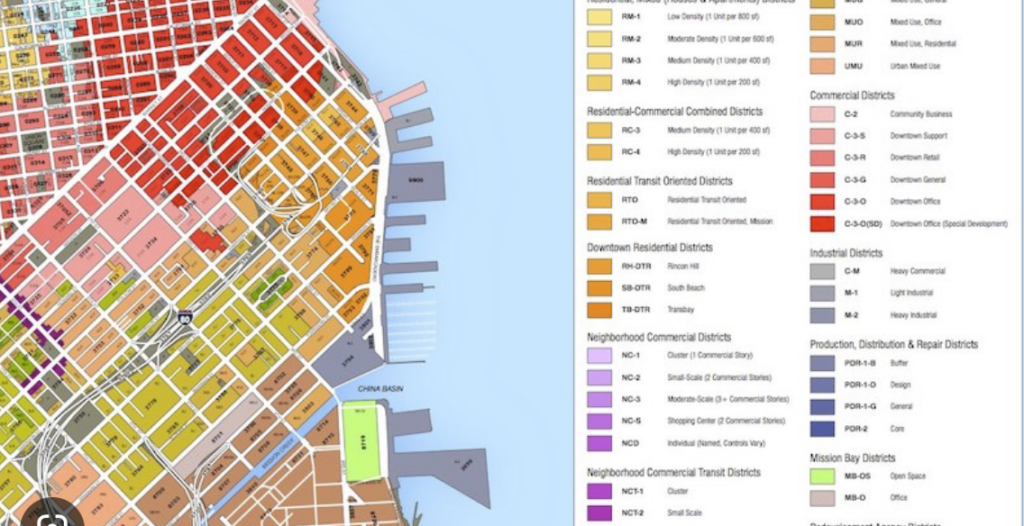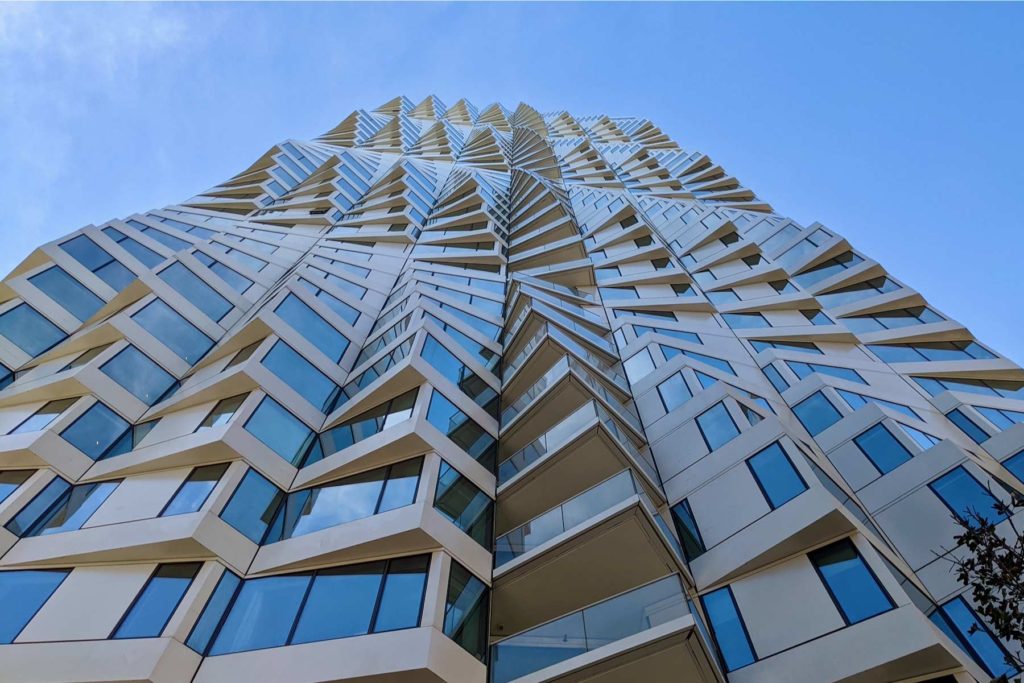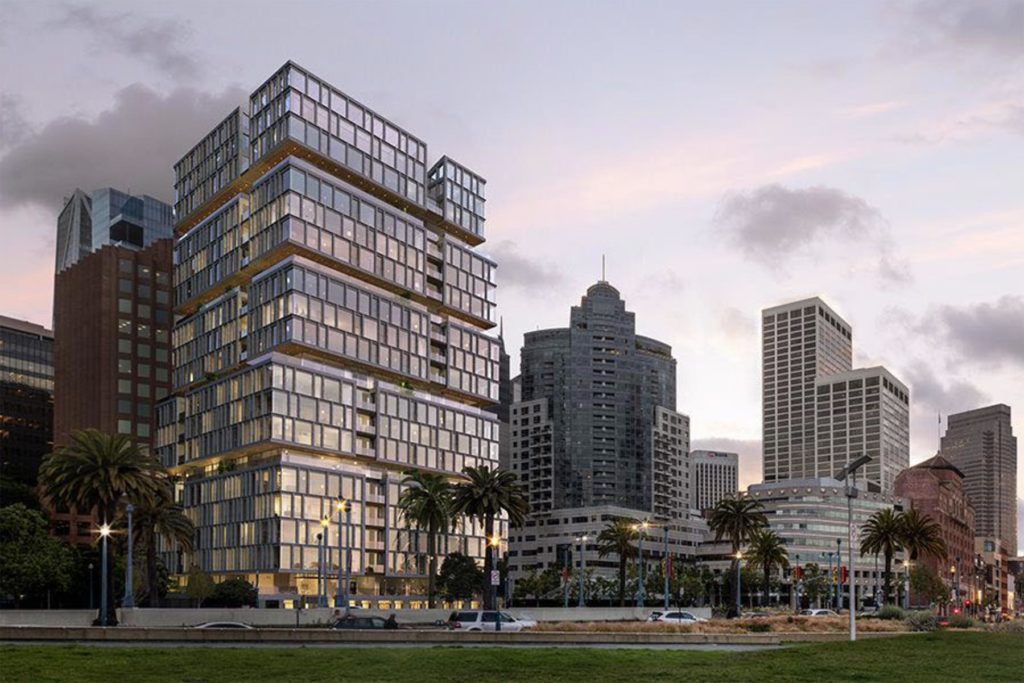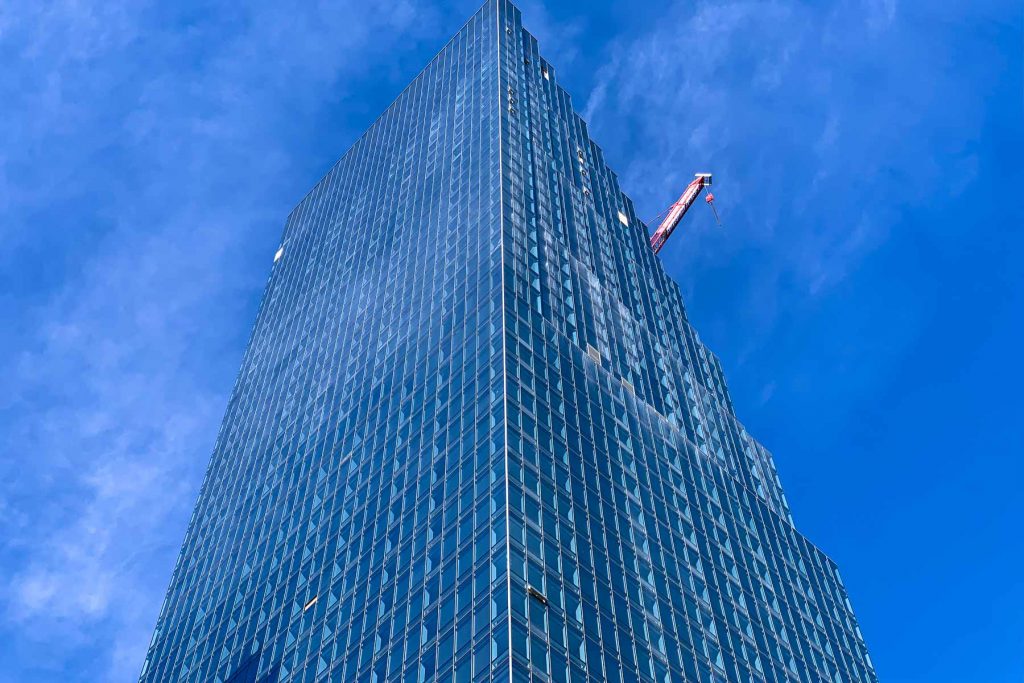Why It’s Hard To Convert Downtown Commercial Real Estate Into Residential Homes
Empty downtown commercial real estate has been a topic of discussion in the real estate industry for years. With the rise of remote work and online shopping, many commercial properties in urban areas are left vacant and seemingly unmarketable. While some may suggest converting these properties into residential real estate, there are several reasons why this may not be a feasible solution.
Firstly, the zoning regulations for commercial and residential properties differ significantly. Most downtown areas have strict zoning codes that dictate the type of buildings that can be constructed in a particular area. In most cases, the codes make it difficult to convert commercial spaces into residential ones. Residential buildings may have height and width requirements, or limitations on the number of units per lot, that do not align with commercial zoning requirements. This can make it difficult, if not impossible, for developers to turn these commercial spaces into residential ones.
According to Sam Martinez, a real estate consultant, “The zoning requirements for commercial and residential properties differ significantly, and converting a commercial space into a residential one requires a lot of paperwork, permits and approvals from the government agencies. It can be a very time-consuming and expensive process, and that’s a major barrier for most developers.”
Secondly, commercial properties tend to be much larger than typical residential units. This can make it challenging to convert a large, open commercial space into individual apartments. It may require significant structural changes, such as adding walls, plumbing, and electricity. These changes can be costly and time-consuming, and may not be worth the investment in many cases.
Thirdly, residential properties have different safety requirements than commercial properties. For example, residential properties often require more exits, smoke detectors, and other safety features that may not be present in commercial properties. Retrofitting a commercial property to meet these requirements can be a significant undertaking, and can add considerable costs to the project.
Finally, the location of the commercial property may not be ideal for residential use. Commercial properties are often located on busy streets, near highways or in areas with high levels of noise pollution. While these locations may be perfect for businesses that require high visibility and foot traffic, they may not be desirable for people who want to live in a quiet, residential area.
According to a recent study by the National Association of Home Builders, “the demand for urban living is increasing, but the location of the empty commercial properties is not always ideal for residential use. This can make it difficult for developers to market these properties to potential buyers.”
In conclusion, while the idea of converting empty downtown commercial real estate into residential units may seem like a good solution, there are several challenges that developers must overcome. The zoning regulations, the size of the space, safety requirements, and location are all factors that make it difficult to convert commercial properties into residential ones. However, there are alternative uses for these spaces, such as co-working spaces or storage facilities that may be more practical.
As Sam Martinez states, “Empty commercial real estate can still be put to good use with creative thinking. There are many other uses for these spaces that can benefit the community, such as co-working spaces, art galleries or storage facilities.”
The real estate industry is constantly evolving, and finding new ways to repurpose and utilize empty commercial real estate is a challenge that will continue to be tackled by developers, investors, and city officials alike.
Of course, there are plenty of available condo homes for you to see right now. Click here for more information.





